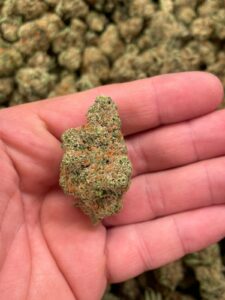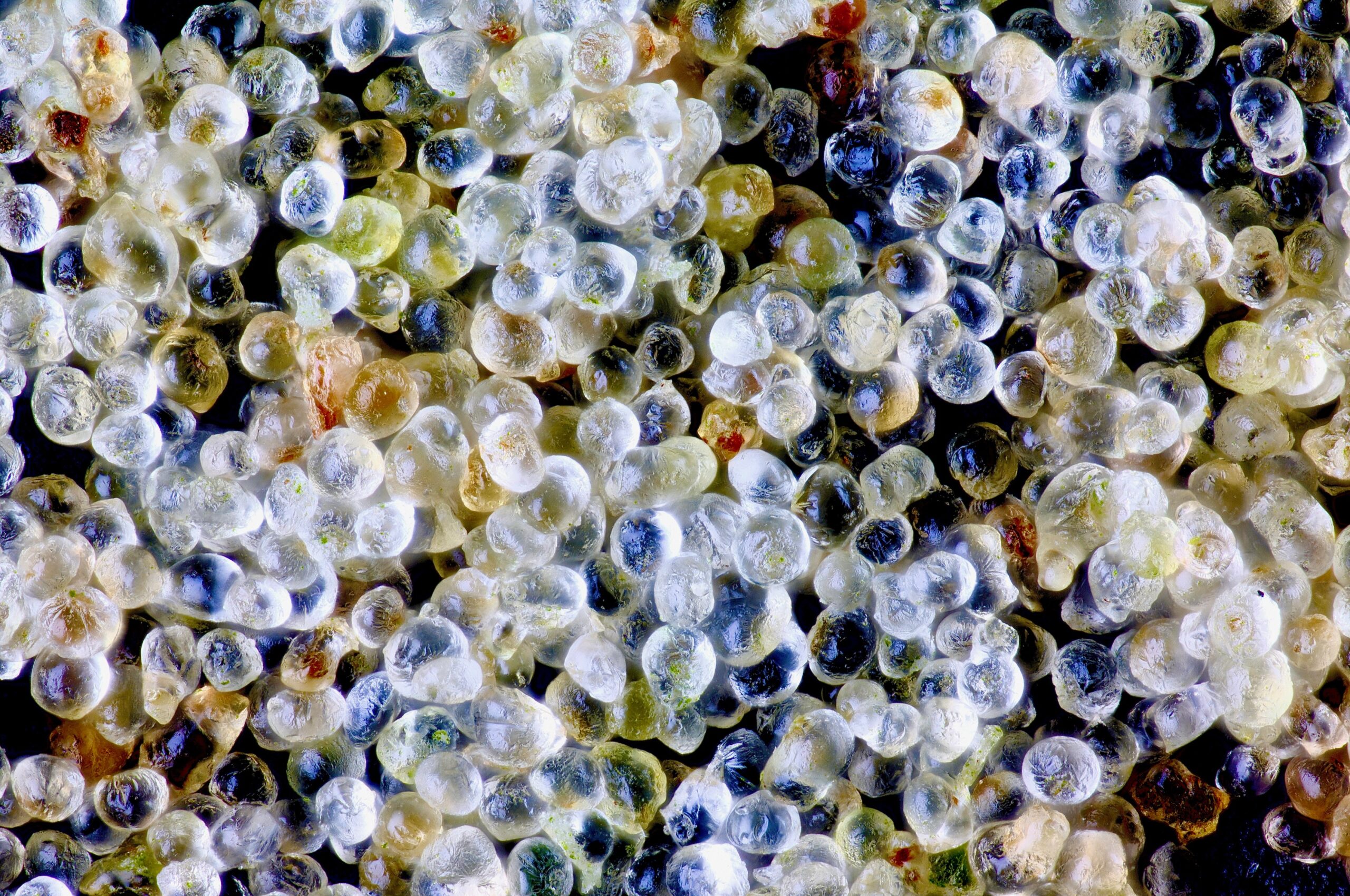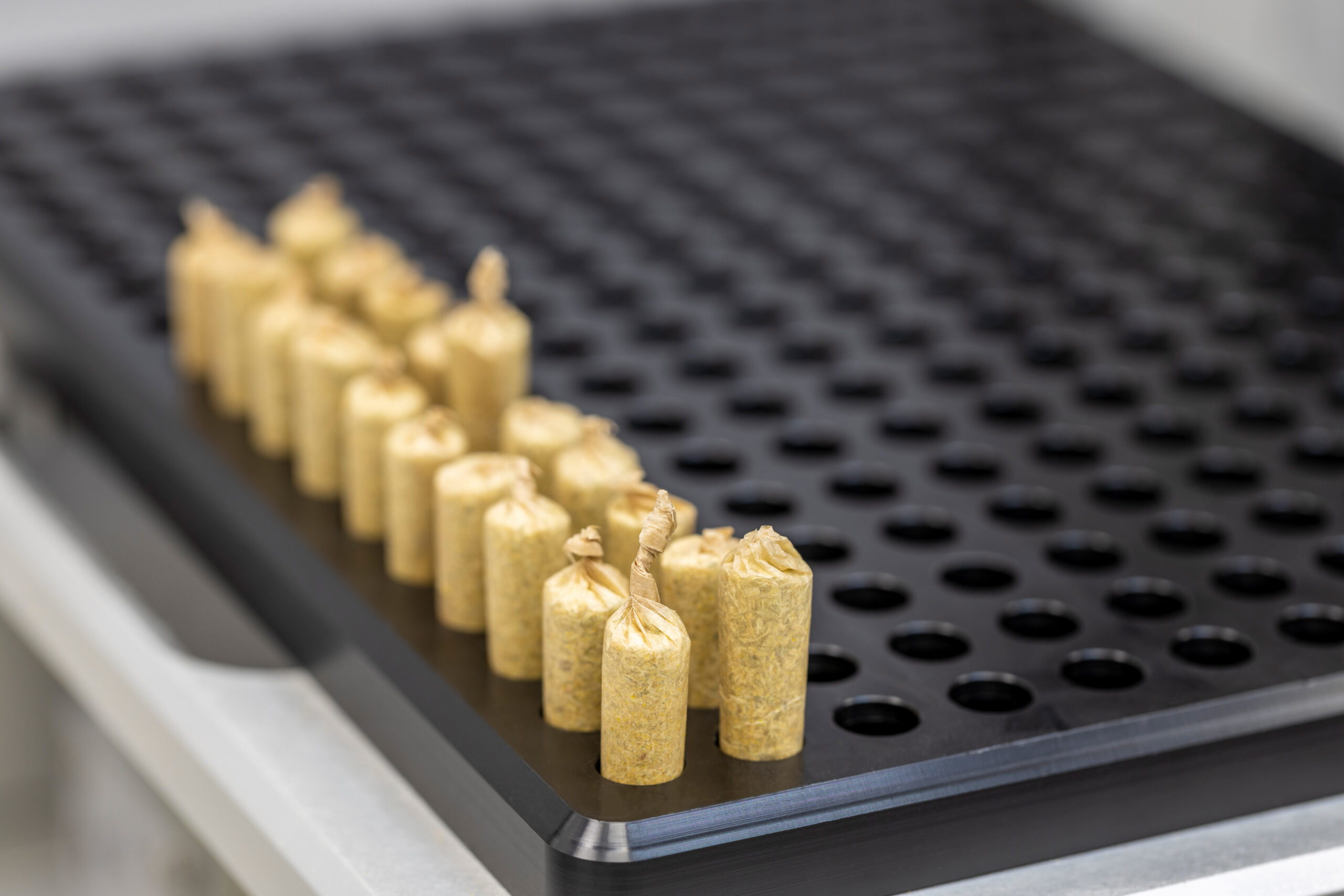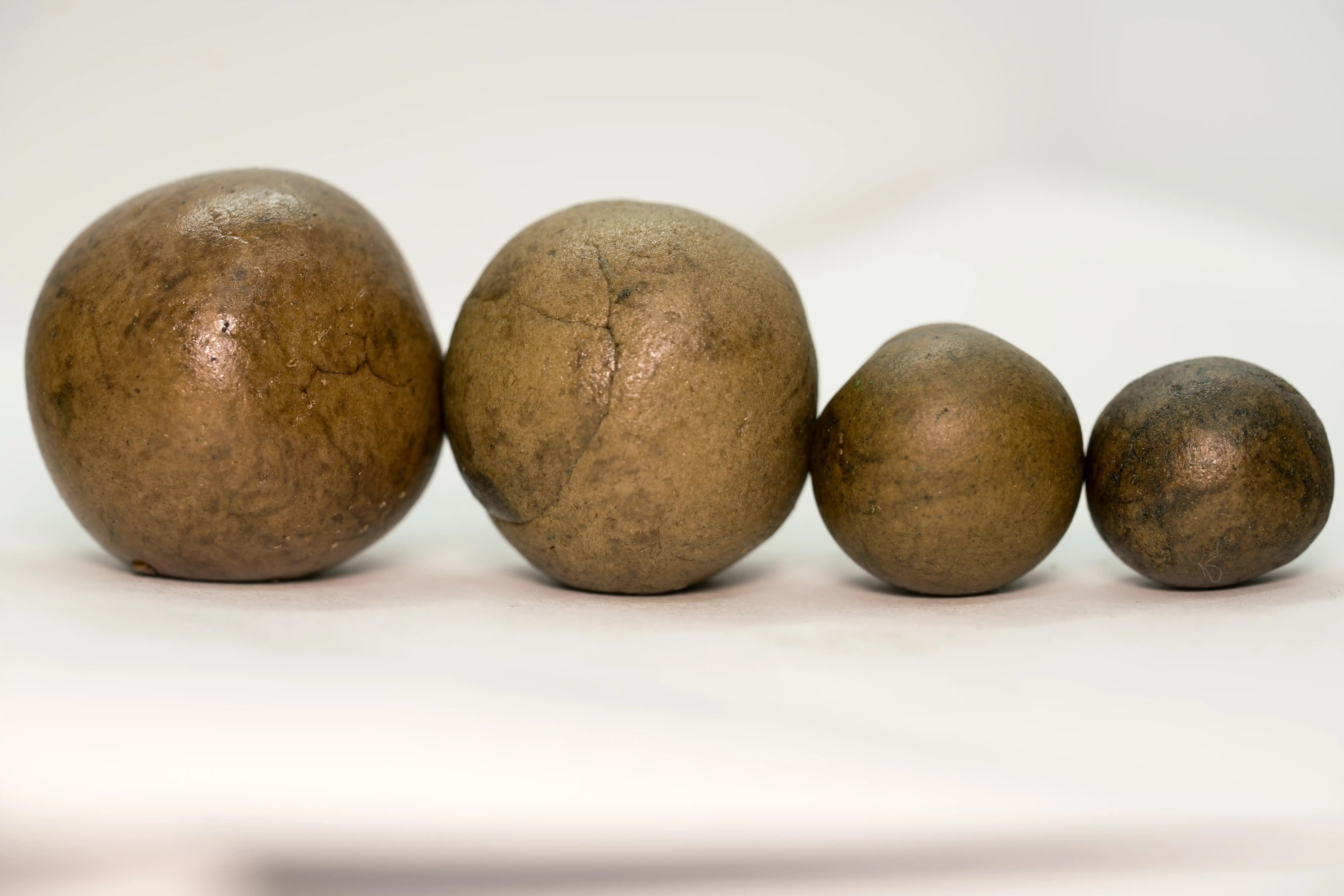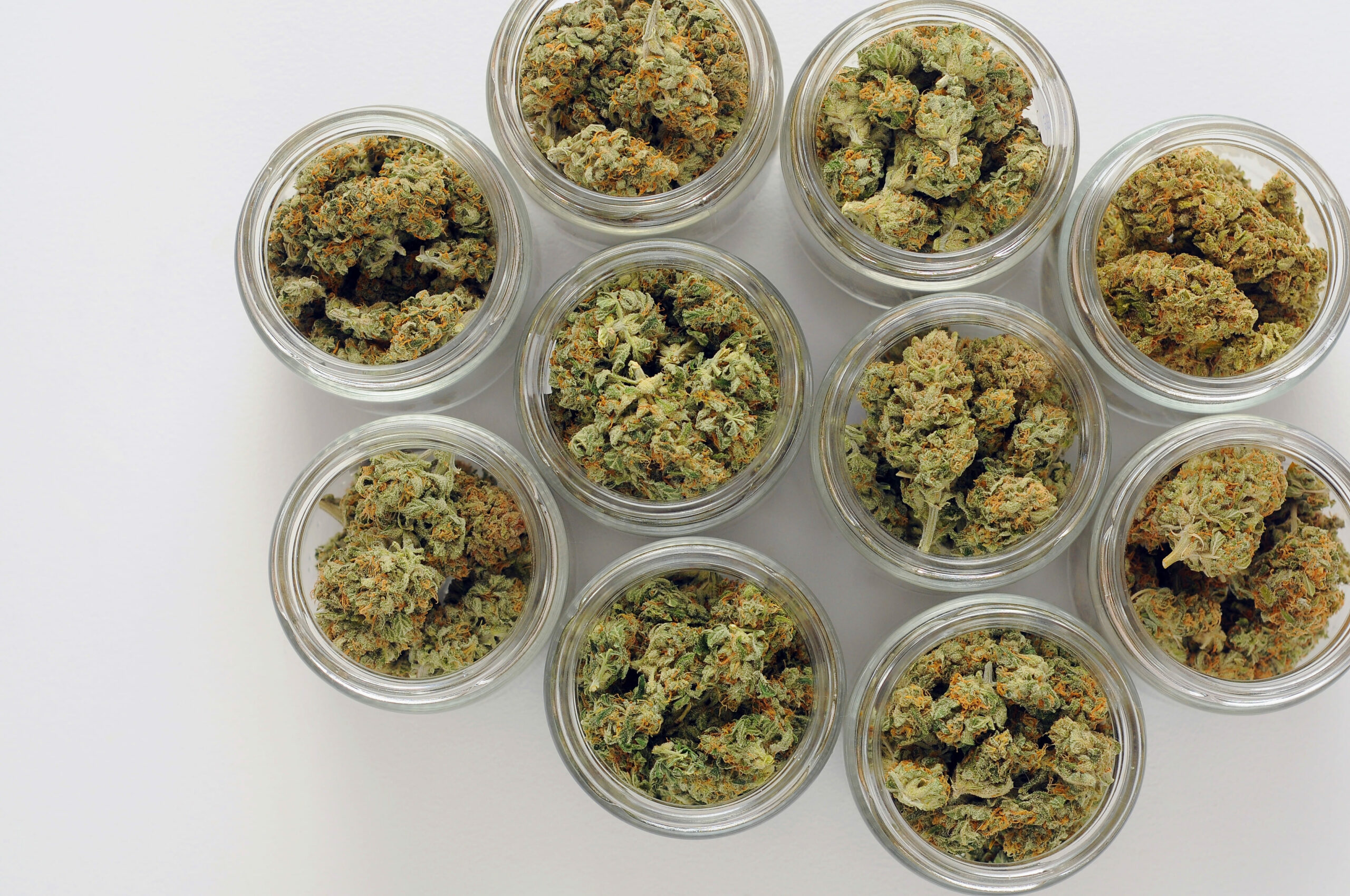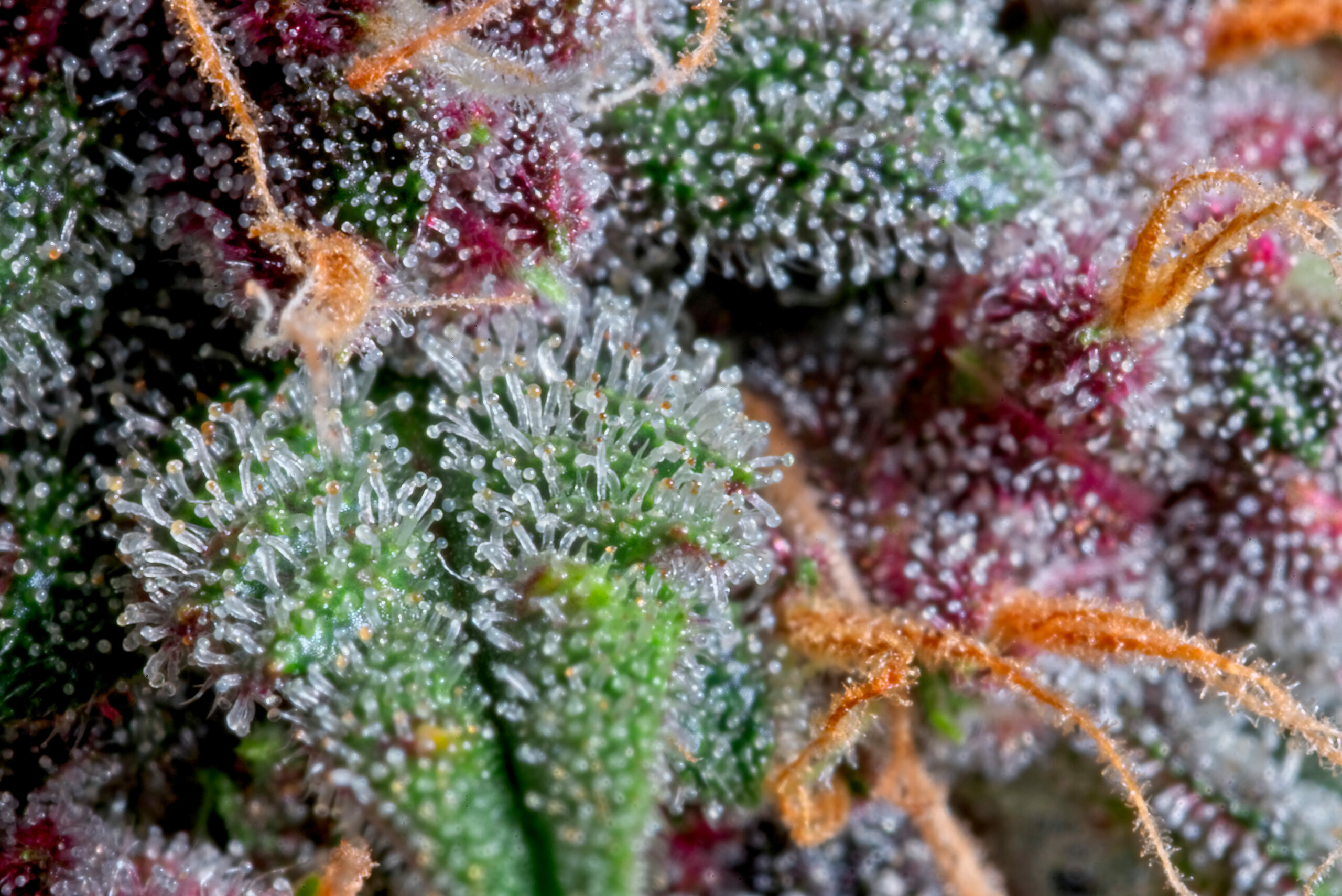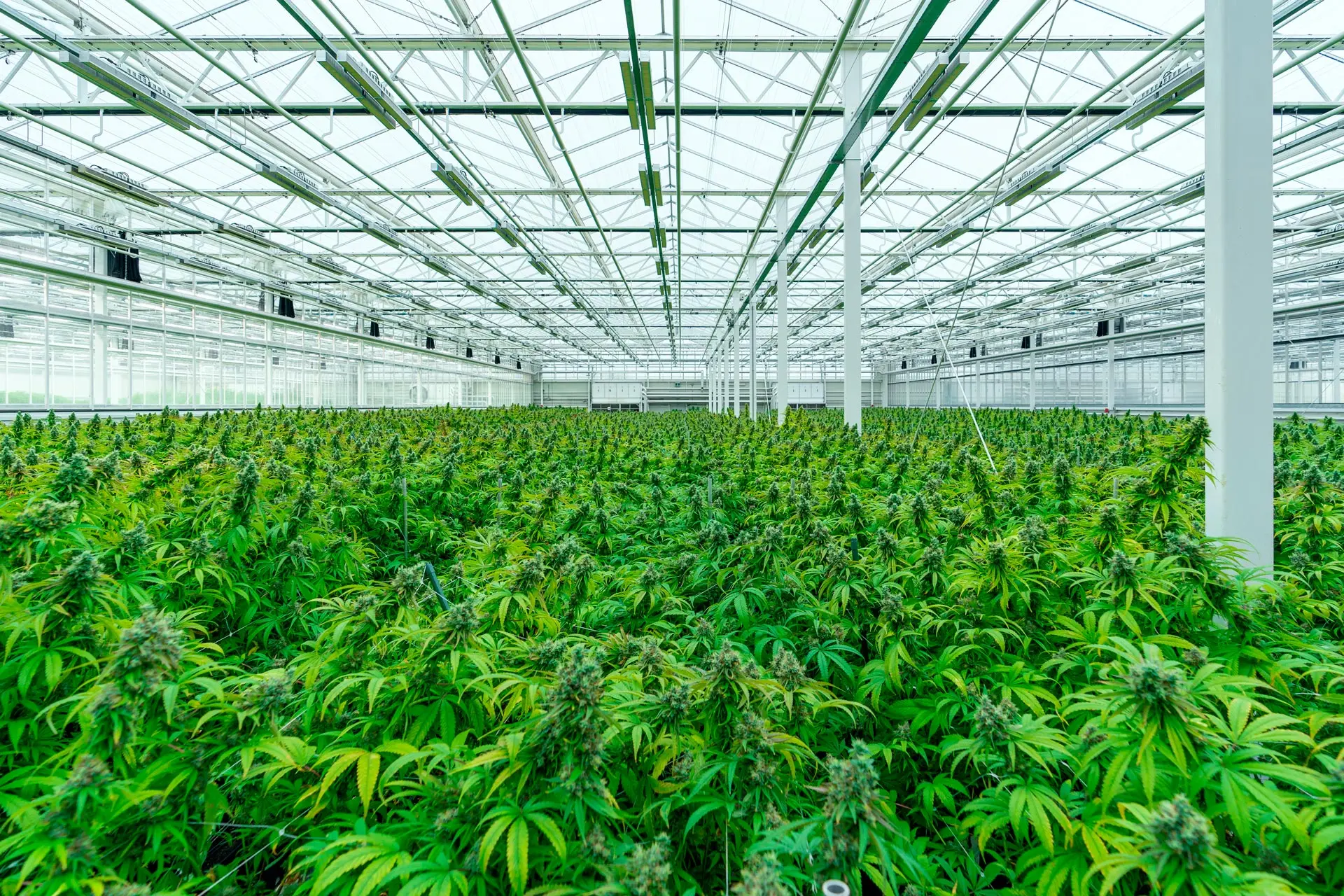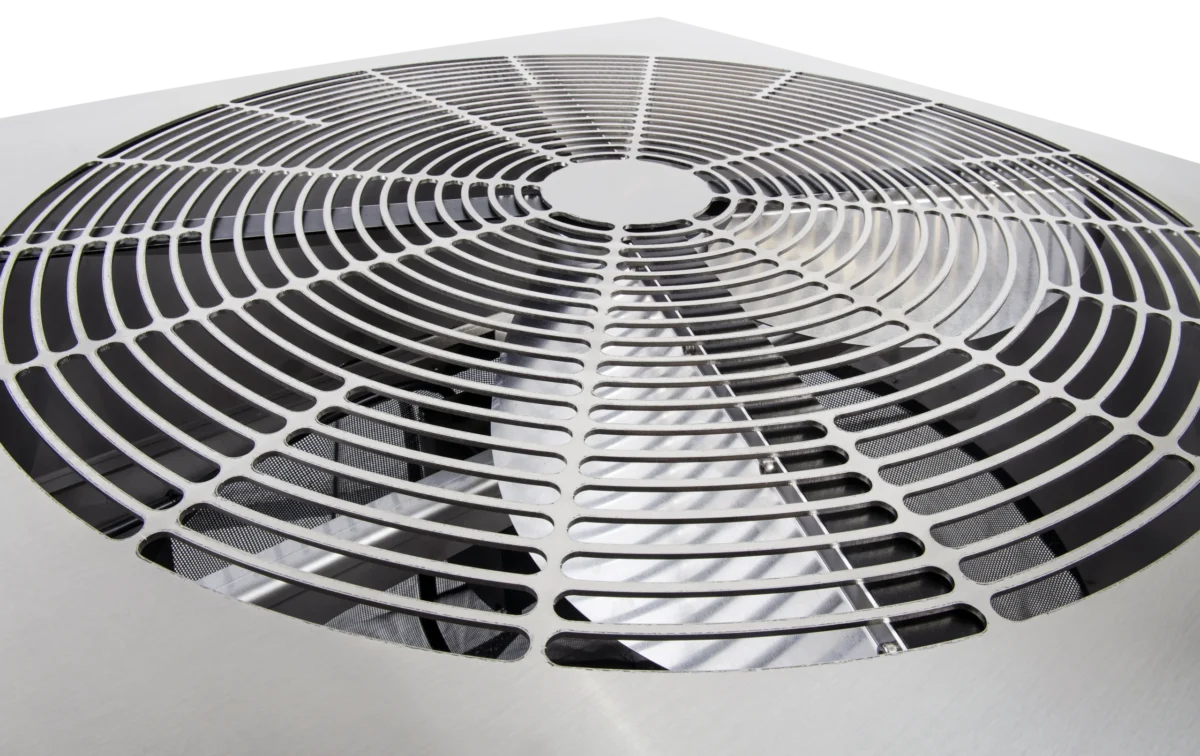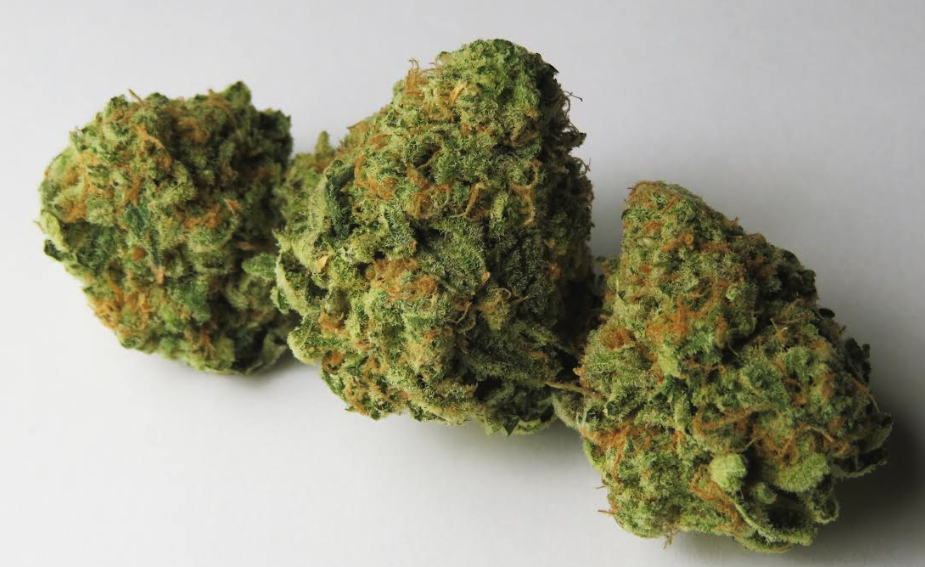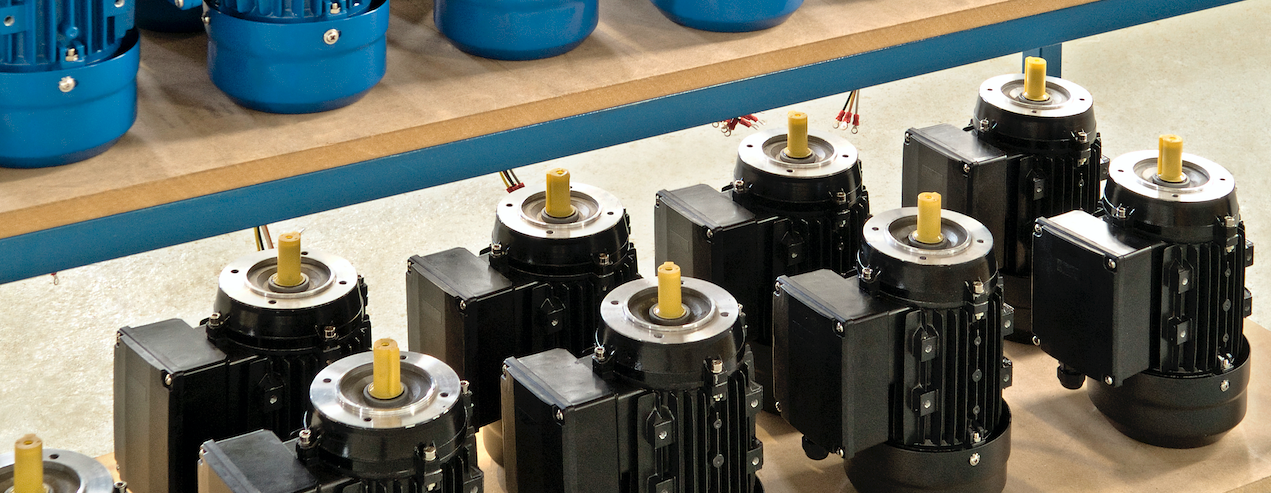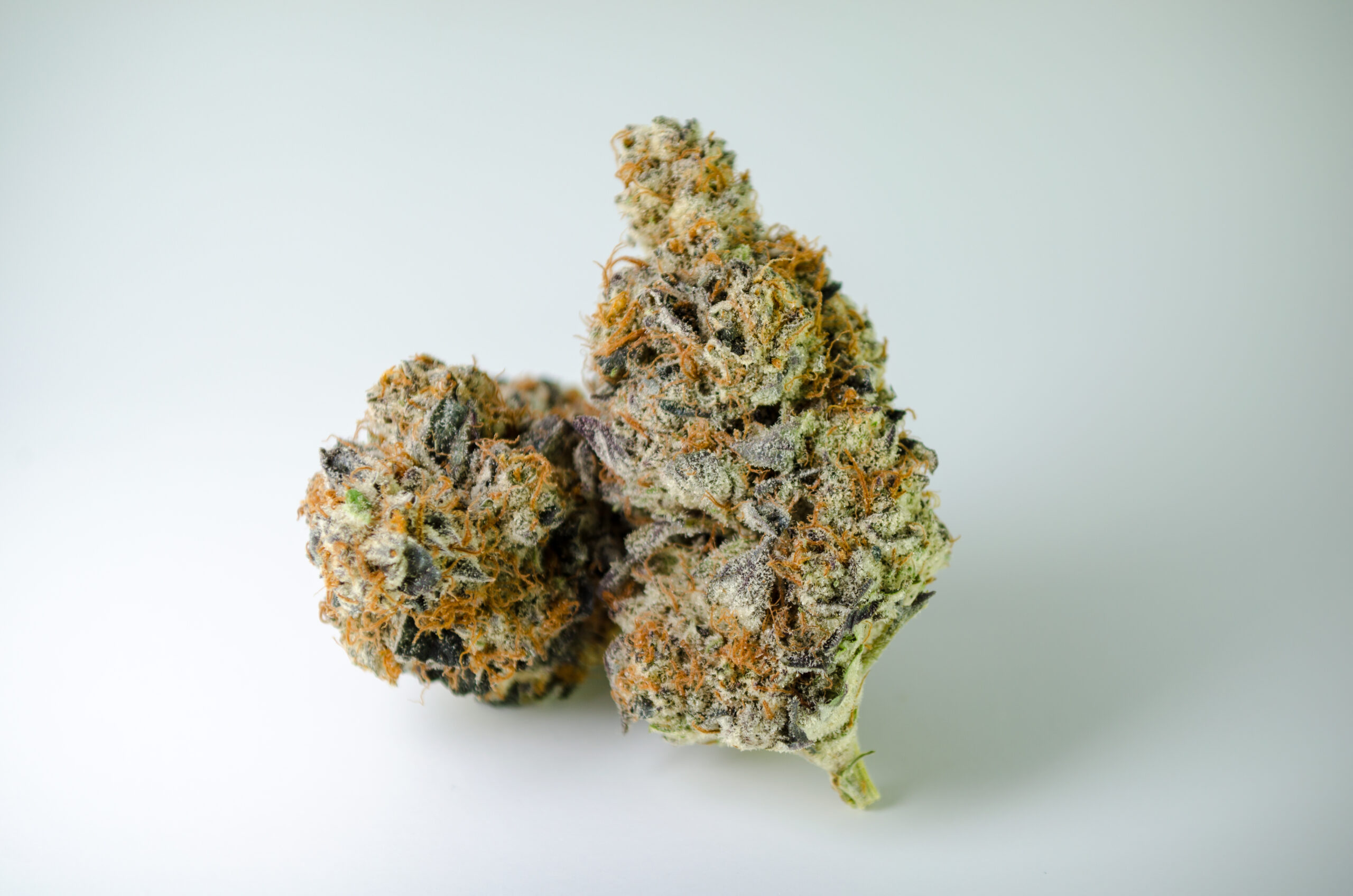Professional cannabis cultivation is a structured process governed by biological cycles, environmental variables, and technological intervention. Understanding and mastering the cannabis cultivation stages ensures stable yields, optimized cannabinoid content, and product uniformity. Each phase: germination, vegetative development, cannabis flowering, harvesting, curing, and extraction, demands precise control of light, nutrition, water, and climate. For commercial growers, automation with specialized equipment is equally decisive, improving efficiency and safeguarding quality standards.
The Genesis of Growth: Seed Selection & Germination
The foundation of every cultivation cycle lies in genetics. Selecting the correct family (indica, sativa, or hybrid) determines growth morphology, flowering duration, and final product characteristics. Seed type also influences operational planning:
- Regular seeds provide both male and female plants, requiring early identification and separation.
- Feminized seeds deliver female plants consistently, reducing resource waste.
- Autoflowering seeds follow genetic clocks, independent of photoperiod, enabling rapid cycles.
Germination requires stable moisture levels, temperatures between 22–25°C, and controlled darkness to trigger metabolic activation. Common techniques include soil-based planting, germination plugs, or inert mediums in hydroponic systems. Consistency is crucial; irregular watering or temperature fluctuations significantly reduce viability.
In professional setups, MS Seeds equipment ensures standardized handling of large volumes, preserving genetic integrity and maximizing uniform emergence.
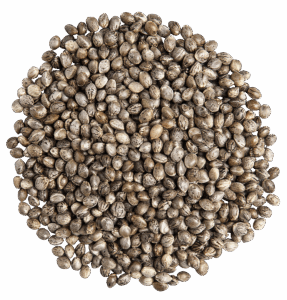
Vegetative Expansion: Structural Development of the Plant
During the vegetative phase, plants concentrate on foliar and stem growth, creating the structural base for future flowering. The parameters most affecting outcomes are:
- Lighting: A photoperiod of 18 hours of light and 6 hours of darkness is standard. Spectrum balance is critical; LED fixtures are preferred for their energy efficiency, reduced heat output, and uniform distribution.
- Nutrients: Nitrogen-rich formulations dominate this stage, complemented by phosphorus, potassium, and secondary elements such as calcium and magnesium. Maintaining pH within 5.8–6.5 ensures optimal uptake.
- Watering: Controlled irrigation prevents root hypoxia. Monitoring electrical conductivity (EC) provides feedback on nutrient concentration, avoiding both deficiencies and toxicities.
- Training techniques: Topping, low-stress training (LST), and screen of green (ScrOG) optimize canopy architecture, improving light penetration and future bud uniformity.
Environmental control is equally decisive. Relative humidity between 50–70% reduces water stress, while adequate airflow prevents fungal proliferation. Supplemental CO₂ in enclosed environments can enhance photosynthetic efficiency, supporting accelerated growth.
The Flowering Transition: Cannabinoid and Terpene Development
Transitioning to the flowering phase requires reducing light cycles to 12 hours of light and 12 hours of uninterrupted darkness. This photoperiod shift induces hormonal changes that promote bud formation.
Nutrient requirements evolve: nitrogen decreases, while phosphorus and potassium become dominant, directly supporting floral development. Precision in monitoring is critical, as imbalances negatively affect cannabinoid synthesis and flower density.
Trichome observation through magnification provides objective indicators of maturity. Clear trichomes indicate immaturity, cloudy trichomes suggest peak cannabinoid concentration, and amber trichomes signal advanced ripening.
Environmental challenges intensify during cannabis flowering. High humidity encourages mold, while pests such as spider mites can devastate crops.
Continuous monitoring and integrated pest management protocols are mandatory.
Commercial-scale operations integrate buckers at this stage, enabling rapid separation of buds from stems while preserving structural integrity. This mechanization reduces manual labor and maintains throughput consistency.
Harvesting Excellence: Precision in Timing and Processing
The harvest window is narrow and directly linked to trichome maturity. Cutting too early reduces potency and terpene complexity; harvesting too late diminishes aromatic quality and can degrade cannabinoids.
Harvesting approaches vary: entire plants may be cut and hung, or branches can be processed individually. Post-harvest trimming defines product presentation. Wet trimming, performed immediately, allows faster drying, while dry trimming retains more terpene content but extends processing time.
Professional cultivation relies on trimmers, which deliver consistent manicuring at scale, preserving bud structure while reducing manual handling.
Subsequently, sorters classify cannabis flowers by size, based on the precise diameter of each flower. Designed for versatility, they adapt to all strains and morphological variations, ensuring consistent results across different genetics. These systems can operate efficiently with both dry and wet material, optimizing workflow regardless of the chosen post-harvest process.
Drying, Curing & Extraction
Drying stabilizes the product by reducing moisture content while preserving cannabinoids and terpenes. Optimal parameters are 18–21°C with relative humidity between 50–60%. Gentle airflow prevents mold development without over-drying.
Curing further refines product quality. Controlled environments allow chlorophyll degradation, terpene stabilization, and smoother combustion. Glass jars or specialized curing chambers are standard. “Burping” jars, periodic ventilation, balances humidity and prevents microbial growth.
Post-curing, extraction opens additional product categories, from oils to distillates. Methods include:
- Solvent-based extraction: CO₂ and ethanol systems achieve pharmaceutical-grade outputs.
- Solventless extraction: Mechanical rosin pressing preserves purity without chemical agents.
Professional operations utilize extraction machines like our MX Ice line machines, or the Plasmastatic: designed for scalability, compliance, and reproducibility.
Storage completes the cycle. Airtight, lightproof containers with humidity regulators preserve stability, ensuring extended shelf life and product consistency.
Maximizing Yield & Ensuring Flower Quality
Sustaining professional standards requires systematic practices:
- Integrated Pest Management (IPM): Combining biological controls, environmental sanitation, and preventative measures minimizes chemical intervention.
- Data monitoring: Recording EC, pH, temperature, humidity, and growth metrics daily provides actionable insights, reducing risks of undetected stress.
- Error prevention: Overfeeding, over-pruning, or neglecting airflow remain common pitfalls, even among experienced cultivators.
Scaling operations requires balancing mechanization and human oversight. Machines, whether for seeding, bucking, trimming, sorting, or extraction, bring efficiency and uniformity. Human expertise ensures flexibility, rapid problem-solving, and adherence to evolving regulatory requirements. Together, they establish a resilient cultivation model.
The cannabis cultivation stages reflect a controlled progression where each step has a measurable impact on final product quality. Precision in environmental control, nutrition, and handling, combined with the integration of specialized machinery, defines professional success. From MS Seeds at the outset to extraction systems at the conclusion, the cycle demonstrates the convergence of biology and technology.
For professional growers, mastering these stages not only secures high yields and superior cannabinoid profiles but also ensures operational efficiency, product consistency, and scalability in an increasingly competitive market.
At Master Products, we provide specialized machinery for every stage of the cannabis cultivation process: from bucking and trimming to sorting and extraction. Our comprehensive range of equipment is designed to optimize workflow, maintain product integrity, and enhance operational performance. In addition, our 24/7 technical support service ensures continuous assistance and minimal downtime, offering clients the reliability and efficiency required in professional cannabis production.
